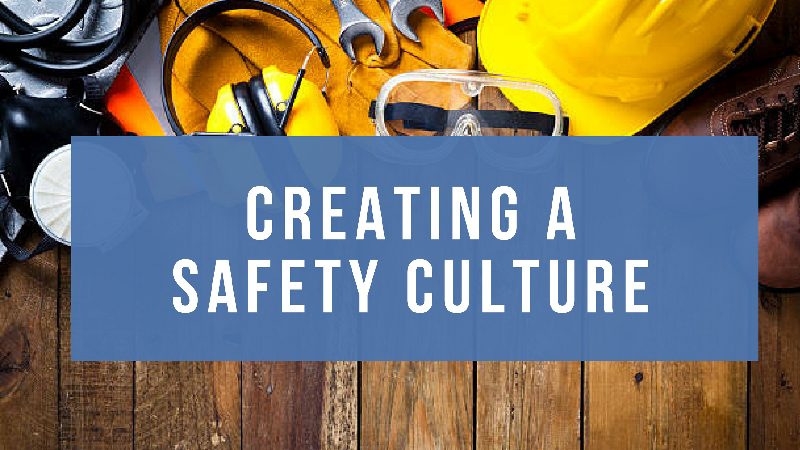Four Important Tips to Reduce Struck-by Hazards in Roofing

By Travis McConnell, Cotney Construction Law.
Struck-by injuries are produced by forcible contact or impact between an injured person and an object or piece of equipment, such as an automobile.
Unfortunately, struck-by incidents are very common, extremely dangerous, and result in as many as 70 worker fatalities each year. The following tips will help roofers keep employees safe and prevent struck-by incidents:
-
Awareness and avoidance. Equipment operators must ensure they are aware of other workers’ locations. Workers must ensure they are alert of the location of all moving equipment. Workers must stay away from heavy equipment when it is operating and stay clear of lifted loads. They should never work under a suspended load.
-
Vehicle safe working practices. Workers should not drive a vehicle in reverse gear with an obstructed rear view unless it has an audible reverse alarm, or another worker signals that it is safe to do so. Parking brakes and wheel chocks should be used when vehicles are parked on an incline. Traffic signs, barricades, or flaggers should be used when working near active roadways. Workers should wear high-visibility clothing and reflective material at night.
-
Personal protective equipment. Employers should select appropriate eye and face protection based upon anticipated hazards of flying objects. Eye protection should be worn any time workers are cutting or nailing materials. Face shields, while helpful, are not a substitute for protective eyewear. Workers must wear hard hats where there is potential for objects falling from above.
-
Pre-construction planning. Supervisors should identify and assess all potential hazards before beginning work at each project. After identifying hazards, supervisors should draft an appropriate safety plan to reduce and mitigate such hazards. The plan should be communicated to workers before work begins. Finally, supervisors must periodically inspect the worksite to ensure workers are complying with the plan.
Authors Note: The information contained in this article is for general educational information only. This information does not constitute legal advice, nor should it be relied upon as legal advice for your specific factual pattern or situation.
About Travis McConnell
Travis is a Jacksonville, FL construction law attorney with Cotney Construction Law. McConnell’s practice focuses on all aspects of construction law. He works extensively on matters relating to OSHA defense, which includes the management and development of safety and health strategies for construction contractors across the United States. McConnell’s OSHA practice concentrates on litigation and the appeals of citations involving catastrophic construction-related accidents. For more information, contact: Travis McConnell, tmcconnell@CotneyCL.com






















Comments
Leave a Reply
Have an account? Login to leave a comment!
Sign In